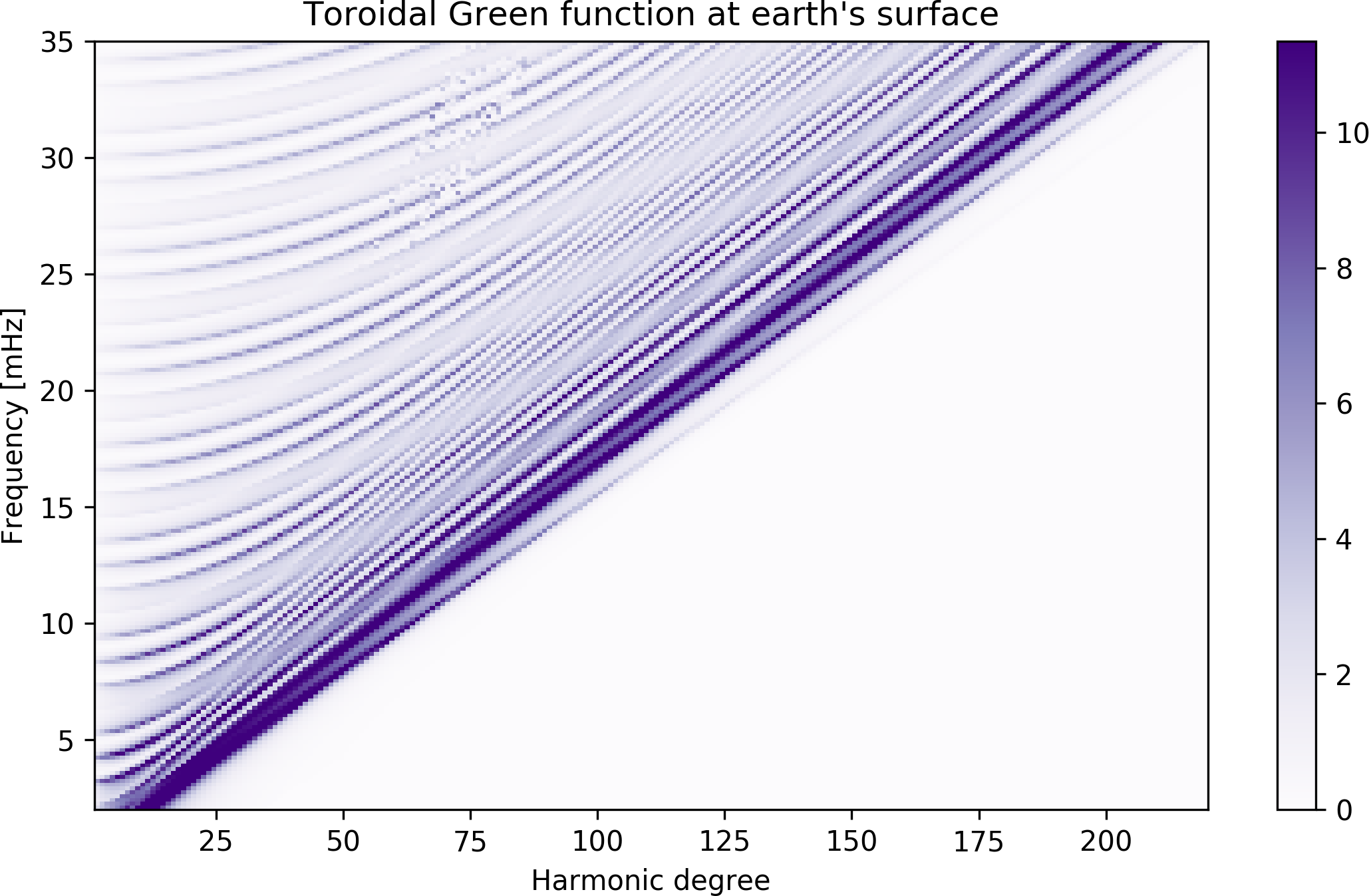
This lecture focuses on the theoretical background of waves with particular emphasis on elastic or seismic waves. It provides the background for understanding high-level seismological textbooks such as Aki and Richards (1980), Ben-Menahem und Singh (1981) or even Tromp and Dahlen (1998). Since this is a broad field which often requires a high mathematical level, this lecture focuses on the most important aspects that can be demonstrated through simple applications and mastered with limited mathematical effort.
The central mathematical concept of the first part of this lecture is the Green's function. This is the solution of a differential equation for a point source in space or time or space and time. Many applications of wave propagation can be reduced to the construction of the Green's function. We will find Green's functions for scalar waves in one- to three-dimensional media. We will extend our findings to the case of a point source in a homogeneous elastic medium. We will encounter fundamental concepts such as P- and S-waves, plane waves, Bessel functions, Fourier transforms, radiation characteristics, hypocentral sphere, moment tensors, near field, far field and static displacements, double-couple sources and many others.
In the second part, we will look at an alternative way to describe wave propagation processes in a finite body like a string or like Earth; namely by finding its free oscillations which in case of Earth can be measured using very sensitive seismometers. Propagating waves are obtained by superposition of individual free oscillations. Being fully equivalent to the Green function approach, we will find out how the Green function can be expressed via free oscillations. By treating a finite body instead of a full space, we will learn about the effects of a free surface by which new wave types are generated. In this way, we learn about the propagation of waves on a global scale recorded at thousands of seismometers world-wide. Their records allow us an unprecedented view into the interior of Earth.
In the third part, we get a bit more practical and look into some basic numerical techniques to predict wave propagation. Whenever we deal with real Earth with its complex 3D internal structure and distribution of material properties, analytical methods become unfeasible and we must turn to numerical schemes to make predictions which can be compared to observations. Hence, all seismologists will use numerical tools at some time in their career, both in academics and in industry. To get an impression of this kind of activity, we will write some simple programs in the powerful Python language to implement some of these numerical techniques by ourselves.
- Kursleiter/in: Wolfgang Friederich
